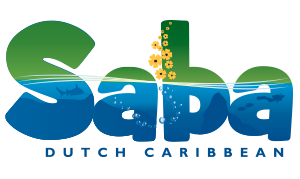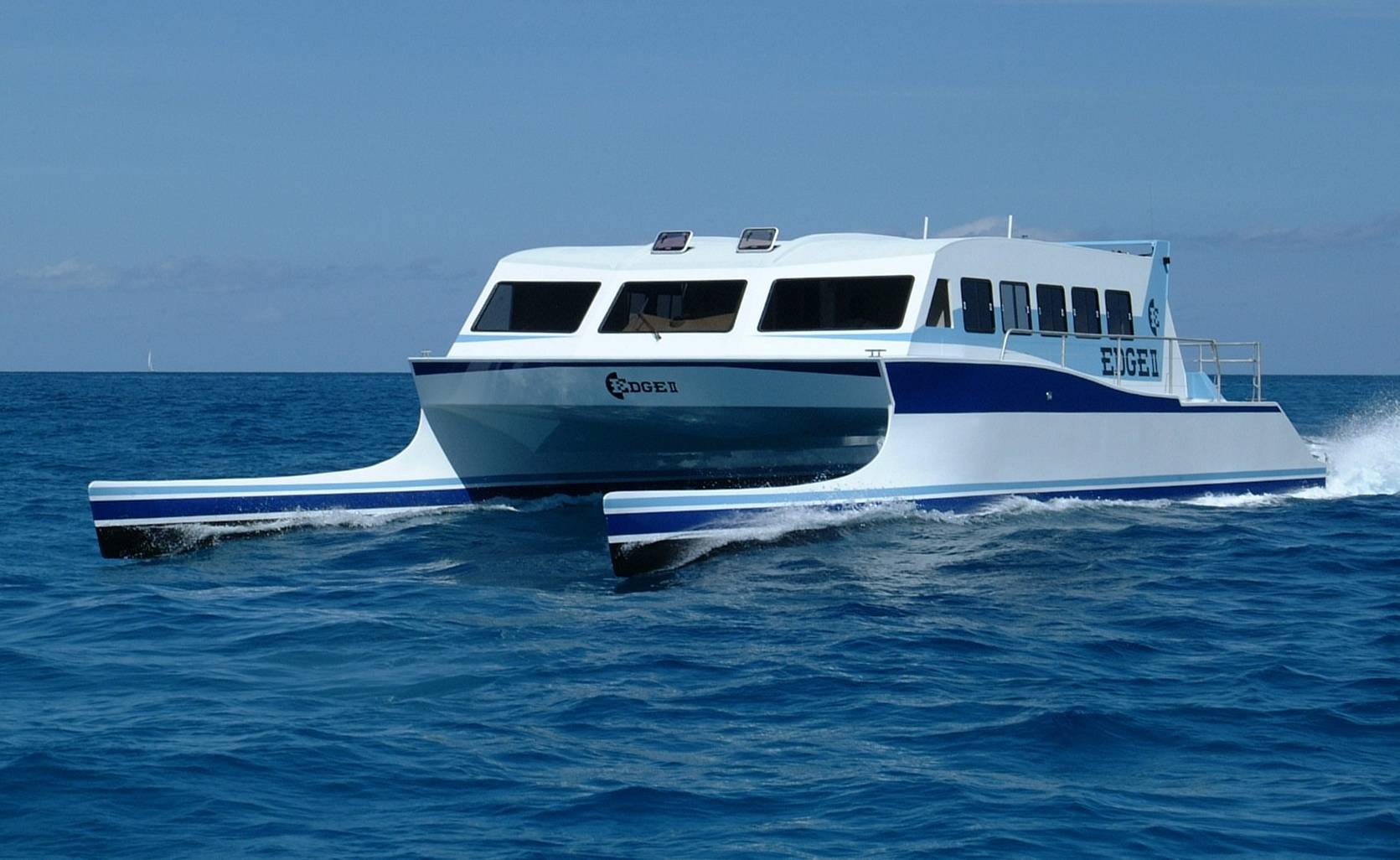
Saba is a five square mile island located in the northeastern Caribbean Sea, 28 miles southwest of its international hub St. Maarten, a 12 minute flight or 90 minute ferry ride away. Formerly part of the Netherlands Antilles, in 2010 Saba became part of a special municipality of the Kingdom of the Netherlands, along with the islands of St. Eustatius and Bonaire.
Saba has four main villages, The Bottom (Saba's capital), Windwardside, St. John's and Zion's Hill (aka Hell's Gate). All are well kept and bristling with old Caribbean charm. Gingerbread houses with immaculate gardens, and clean and safe streets await your exploration.
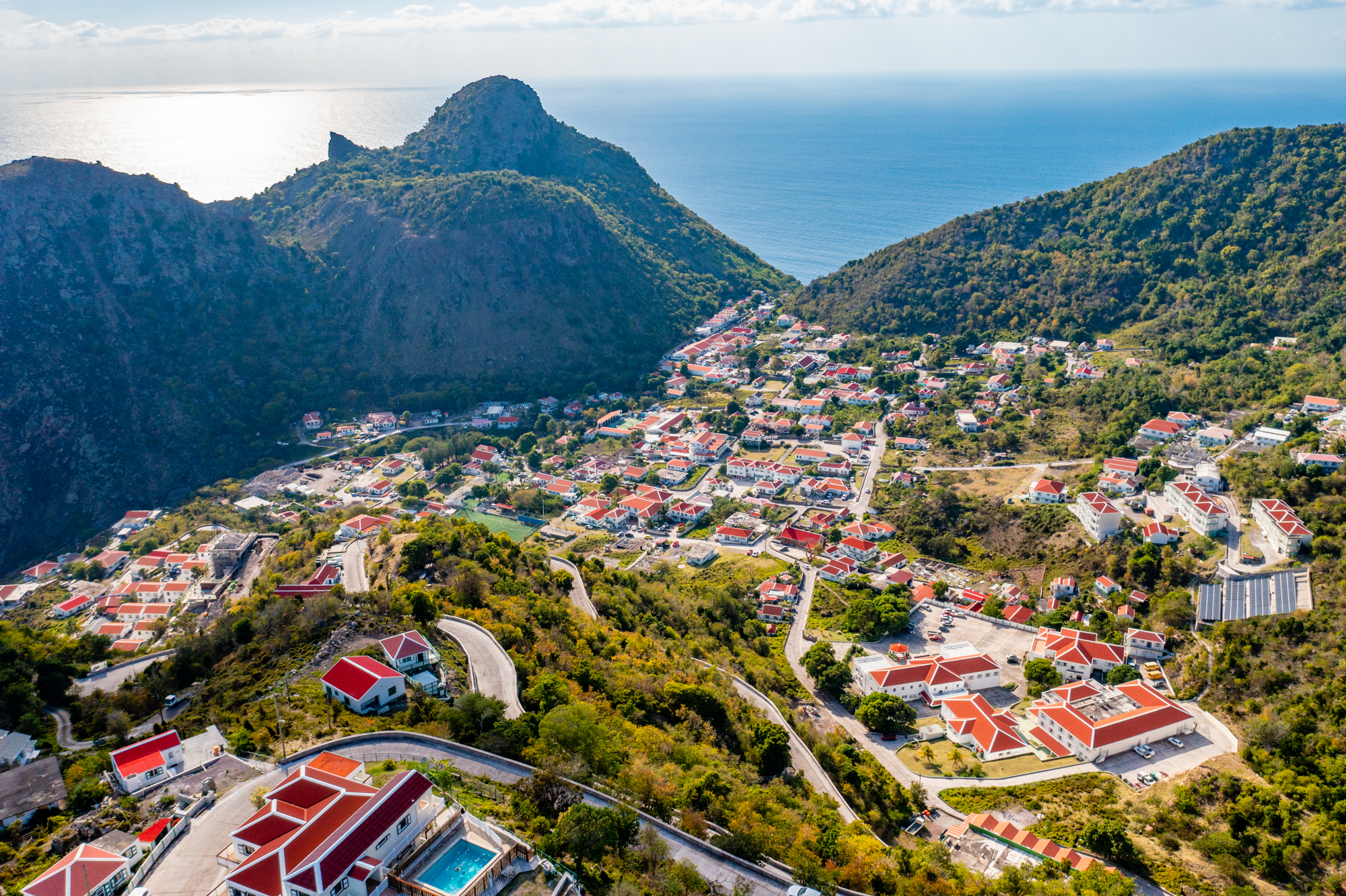
The Bottom
The Bottom is Saba's capital and home to Saba University School of Medicine. (Medical students and faculty make up almost a quarter of the island's entire population.) You'll also discover several small restaurants, bars and grocery stores in the village. Drive to Well's Bay and see the old Customs House that sits atop "The Ladder," the rugged steps that formed Saba's route to and from the sea long before the road was built. Climb up and down the steps once and you'll get a true appreciation of how tough life was for early Sabans.
Windwardside
Windwardside is the most tourist-oriented village. Drop by the Saba Tourist Bureau and say hello, you'll be within close proximity to three of the island's hotels and home to many vacation rental cottages. You'll have no trouble passing a day wandering through small streets, exploring the museums and shops, and a bite to eat is never far away. If you're up for some exercise stop by the trail shop, pick up a map and a keepsake and then ascend the Mt. Scenery Trail to climb to the highest point in the Kingdom of the Netherlands!
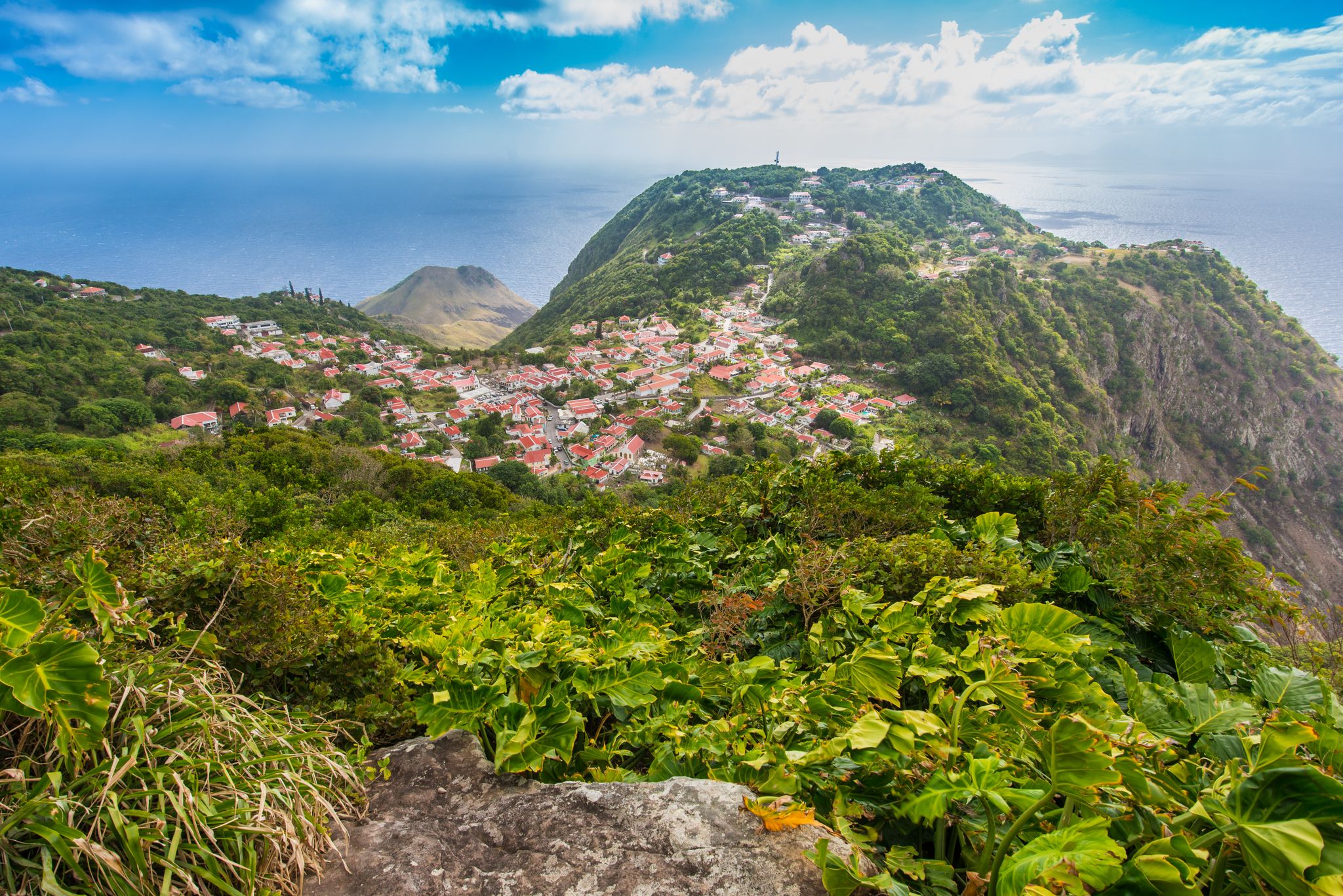

St. Johns
St John’s is one of Saba’s smaller villages. Before entering our Capital, The Bottom, you must drive through this quaint neighborhood. Here you can ask your Taxi to make stops to capture some of our best scenic shots on the island. On a very clear day, you can see our neighboring islands St Eustatius, St Kitts, Nevis and, if you’re lucky, even Montserrat! From this vantage point high above the Caribbean Sea, ships and boats can be seen coming and going to Fort Bay Harbor. St. John’s played a big role in the island’s history. If a vessel was approaching someone from the village would signal to residents in The Bottom to let them know visitors would soon arrive. Be sure to check out Crispeen Track, it will certainly take you back in time and give you a real feeling of the old St John’s.
Zion's Hill (A.k.a. Hell's Gate)
Zion's Hill is the first town you'll reach after leaving the Juancho E. Yrausquin Airport. Hell's Gate was officially named "Zion's Hill" after complaints from the church forced the Island's government to change the name. However, "Hell's Gate" is still used by many Sabans and visiting tourists today. Hell's Gate is home to the Holy Rosary Church, a stone structure built in 1962. Hell's Gate is about 1000 feet above sea level. Lower Hell's Gate is home to a now-closed sulfur mine where visitors may explore with caution. Hell's Gate is also the start of the Sandy Cruise trail which one can take. The trail takes roughly 2 hours to complete and gives stunning views of Diamond Rock and the Saban coastline.
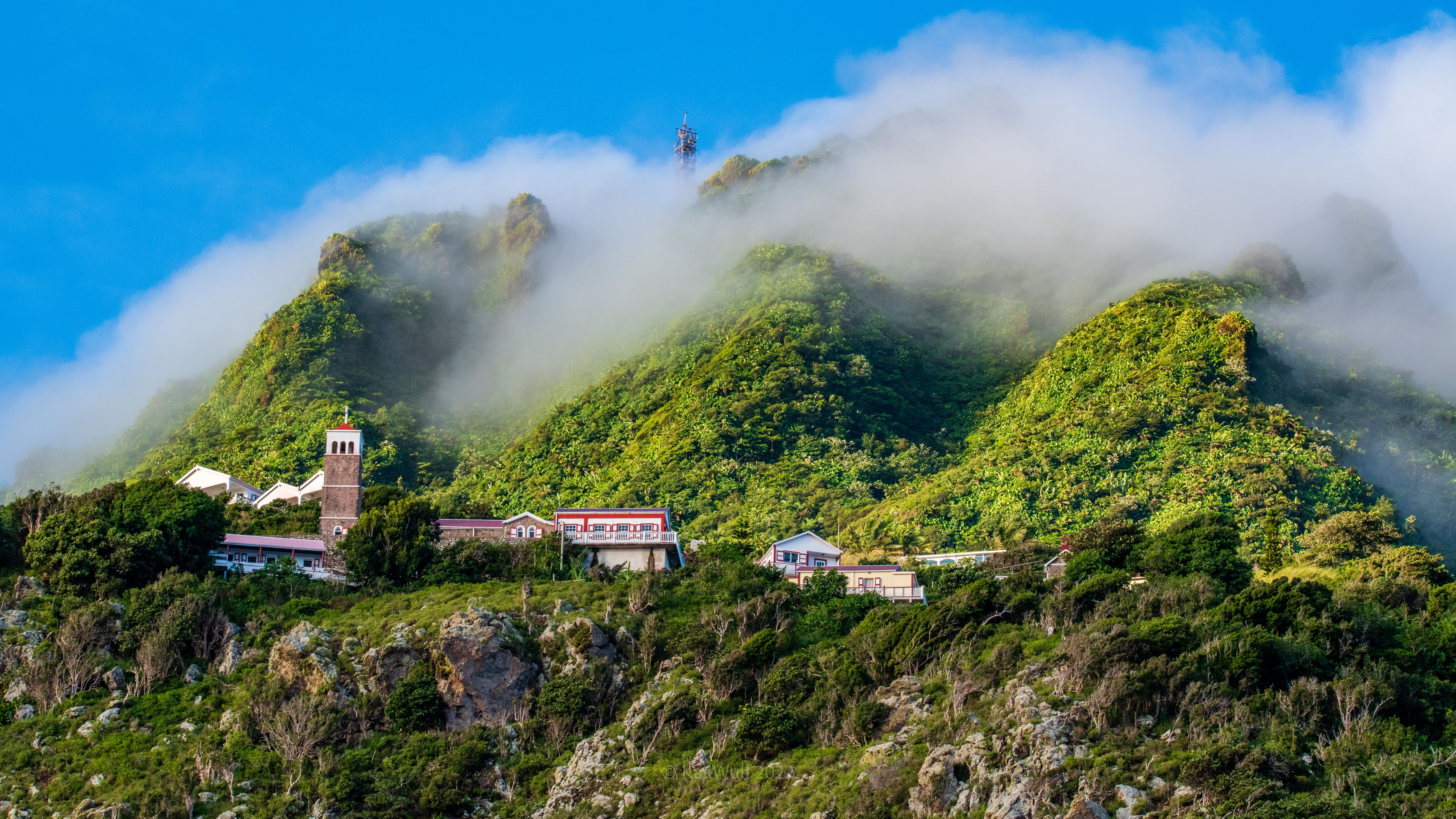
Visa Requirements
Click here for detailed Visa information tourist/business visits to the islands of the Dutch Caribbean.
All travel to Saba connects in St. Maarten.
Several major airlines from North America, Europe and South America carry daily flights into St. Maarten's Princess Juliana International Airport (SXM). Special charter flights are also available from major cities during the winter season. There are currently two airlines and two ferry services that operate schedules to Saba's shores from her international hub.
Departure Tax: An Airport and Harbor departure tax fee of $10.00 is payable when departing Saba. There are no ATM's at the airport and harbor.
By Air from St. Maarten:
Juancho E. Yrausquin Airport
Juancho E. Yrausquin Airport (Named after the Aruban Minister Juancho Irausquin, yes that's an "I" not a "Y" (a typo from many years back that is now on every map of Saba and every reference and piece of documentation for the airport)) was inaugurated on the 18th of September 1963.
At the time of its inception, many thought a landing strip on the Unspoiled Queen was a fanciful idea, but due to the enthusiasm of Captain Remy F. de Haenen (a swashbuckling pilot from our neighboring island of St. Barts) and the persistence of the Saba people, the project and yet another monumental change in the quality of life for the islanders was achieved. Once again the people of Saba knuckled down to hand clear the area at Flat Point, making it possible for de Haenen to attempt a landing. Grading the strip from one of the few level grounds on the island was a task only surpassed by the building of "The Road"... So on the 9th of February 1959, with most of the island present to greet him... amid a roar of the engine and a cloud of dust Remy arrived. His bravery, determination and insight will forever be remembered.
Since then Sabans have had a great affection for the many pilots of Winair (the airline responsible for establishing a constant service to and from the island). Starting in 1963 with a couple of flights a week, Saba now has four flights a day 365 days a year.

What a flight!
Only Twelve minutes, but what a twelve minutes they are! When boarding your Twin Otter or BN2 Islander at Princess Juliana International Airport in St. Maarten, you'll certainly notice the difference in scale to many of the commercial airlines parked and landing around you. Only space for 16 passengers in a Twin Otter (7 in an islander) so you'll get a real feeling that you and your fellow travelers are part of a team heading out on an expedition... On takeoff you'll soar gracefully upward banking hard right to swing around in the direction of Saba... Out over the turquoise sea, that sharp silhouette in the distance with clouds atop is your destination!
What a landing!
The runway at Juancho E. Yrausquin Airport is only 400m in length and reputed to be the shortest commercial airstrip in the world! Depending on wind conditions it is possible to land on both ends of the runway. On a wind still day (which is less likely) you can expect a 30 landing. You'll get the real sense of landing on an aircraft carrier as you'll see the waters of the Cove Bay to the left and the Caribbean sea to the right of the runway... Under normal conditions you'll be landing 120, now this is something else! The approach is practically at a cliff, the rugged terrain of Saba blocks out the entire sky as you peer over the shoulders of your pilots. Then it's a sharp bank left and a gentle touchdown. Landing on Saba is an art form and the pilots of Winair & Windward Express are maestros, so enjoy it, remembering it will not be a problem!


What a lift-off!
You'll know you're in for the ride of your life as your plane swings 180 degrees at the end of the runway to line up for lift-off. First, the deep blue of the Caribbean sea, then jagged cliffs and finally the end of the runway (that seems all too close!) will be imprinted on your mind. A roar of engines and you're off. But your worries are unfounded as you soar steeply into the sky leaving Saba behind and taking memories with you that will be shared for years to come.
By Sea from St. Maarten
Religions of Saba
Numerous religious denominations are represented on Saba; Roman Catholic, Anglican, Jehovah's Witness, Seventh Day Adventist and Wesleyan Holiness.
